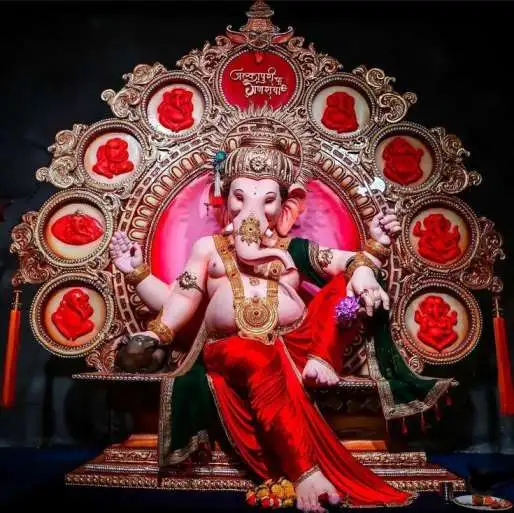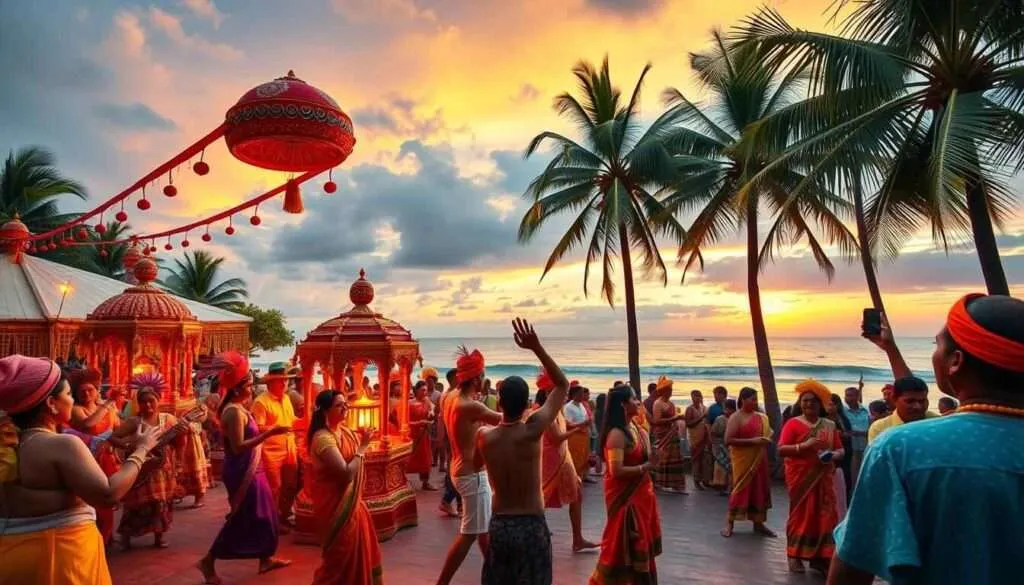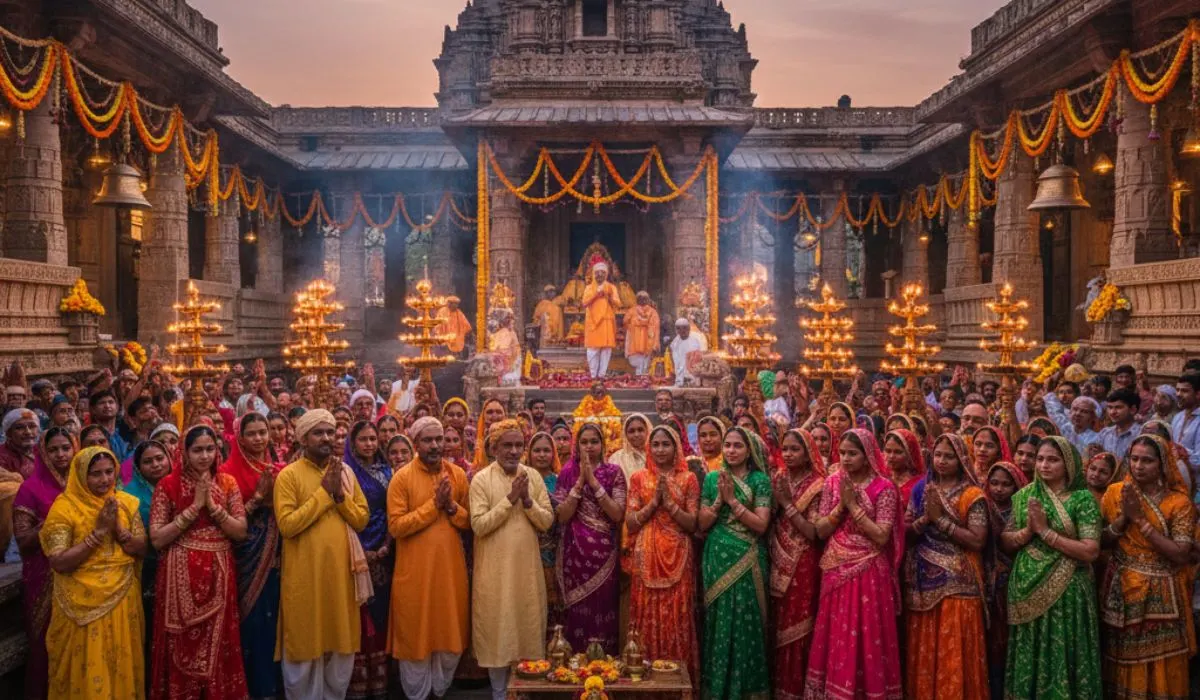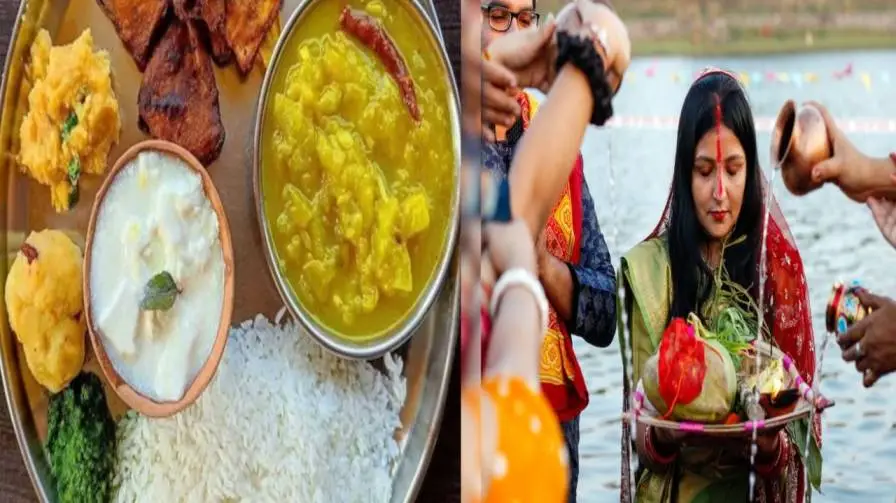It Begins Quietly... and Then Everything Changes
Somewhere around mid-August, something shifts. You don’t notice it at first. Maybe it’s a child drawing Ganesha on a school notebook. Maybe it’s the sound of tabla beats from a faraway pandal practice. Or maybe it’s that familiar smell—a mix of ghee, incense, and steamed rice flour modaks. That’s when you know: Ganesh Chaturthi is near. And if you live in Maharashtra, there’s no missing it. This isn’t just a religious event. It’s the season. A mood. A shared heartbeat.
Mark Your Calendar – August 28, 2025
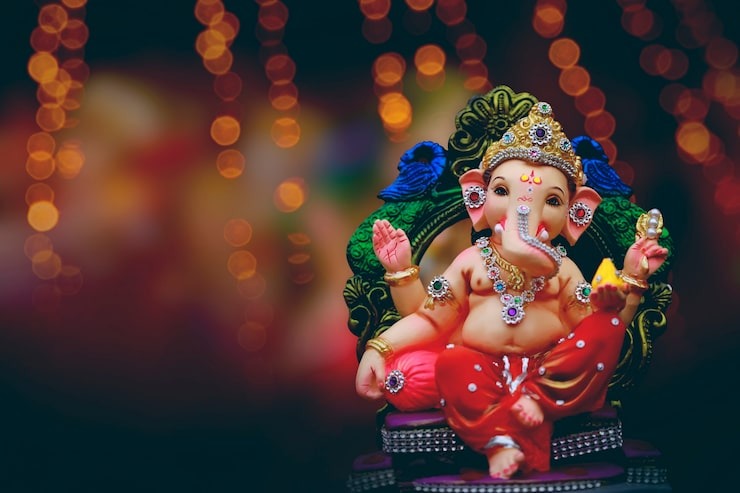
This year, Ganesh Chaturthi falls on Thursday, August 28, and will be celebrated across ten days, wrapping up on Anant Chaturdashi, Sunday, September 7. But not everyone keeps Bappa for ten days. Some do 1.5 days. Some 5. Some go the full stretch. There are no hard rules here—just deep love and individual tradition.
Where the Journey Begins – Choosing Bappa
Let’s be honest—this is the moment. Picking the idol is a family event. Some go back to the same potter in Pen or Parel every year. Others look for something new—maybe a sitting Ganesha, or one playing the mridangam. Others still go for artistic masterpieces decked in gold, with intricate eyes and finely curled trunks.
Idol types you’ll spot in Maharashtra:
- Shadu mati (natural clay) – eco-friendly and earthy
- Paper-mâché idols – lightweight and good for apartment visarjans
- POP idols – not encouraged, but still used in some large pandals
One thing is clear: the idol chooses the family, not the other way around. You know it the moment your eyes meet the idol’s.
The Streets Come Alive
Markets in Mumbai’s Dadar, Pune’s Laxmi Road, and Nashik’s Panchavati begin to change overnight.
There’s:
- Rows of marigold garlands hanging like golden curtains
- Brass bells clinking as vendors hang them up
- Small banana plants sold for puja décor
- A mix of Marathi and Hindi songs blaring on loudspeakers
- Kids holding their parents’ hands tightly while pointing excitedly at “that one, that Ganpati!”
By the week before Chaturthi, entire neighborhoods are ready.
Preparing the Home – Clean, Decorate, Repeat
Before Bappa steps into the house, the house must be ready.
Families take up a mini spring-cleaning operation:
- Windows cleaned, balconies dusted
- Old curtains changed for fresh ones
- Chowkis brought down from storage
- Diyas tested, fairy lights untangled
Some go for theme-based decorations: Maharashtrian heritage, village scenes, bamboo backdrops. Others keep it simple and serene—a red cloth, some mango leaves, a diya, and that’s it. Even kids pitch in. Drawing Ganesh on chart paper. Cutting out paper modaks. Some make small garlands from marigold petals or colored wool.
The Arrival – Ganpati Bappa Morya!
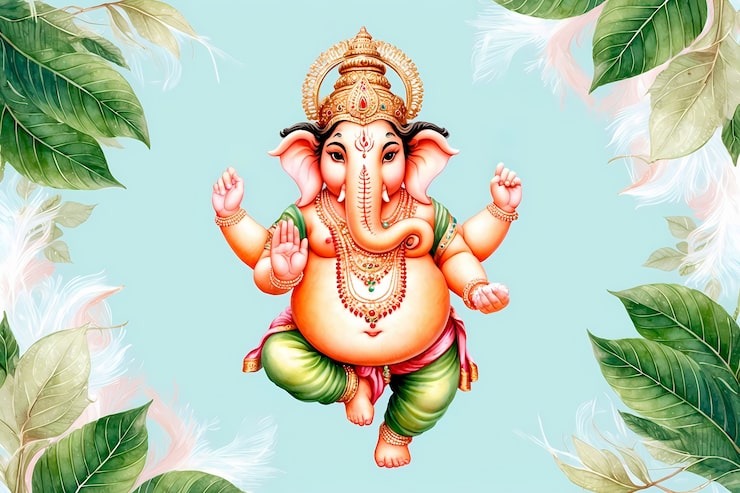
On Chaturthi morning, it’s like welcoming a king. Some walk barefoot from the market. At home, the idol is placed on the chowki. The moment the lamp is lit and the first “Sukhkarta Dukhharta” rings through the house, everything changes. There’s calm. Joy. Goosebumps. It’s not a moment—it’s a feeling.
The Daily Puja – Nothing Fancy, Just Faith
Every morning or evening—depending on your family’s rhythm—puja is performed.
Basic puja steps include:
- Lighting the diya and incense
- Offering durva grass, hibiscus, and modak
- Reciting one or two shlokas or simply saying a heartfelt “Thank you Bappa”
You don’t need to know Sanskrit. Even a whispered “Protect my family” or “Thank you for everything” is enough.
And Then There’s Food – Modaks & More
Now we’re talking. No Ganpati celebration is complete without a kitchen filled with noise, steam, and the sweet smell of modaks.
Types of modaks you’ll find:
- Fried modak – crunchy on the outside, soft inside
- Dry fruit modak – fancy but rich and rewarding
Other festival specials include:
- Puran Poli
- Sabudana Khichdi
- Kothimbir Vadi
- Shrikhand and Batata Bhaji
Cooking becomes a group affair. Aunties, dads, even reluctant teens pitch in. Someone rolls the dough. Someone watches over the steamer. Someone burns a batch and laughs.
Kids Join In – Through Action, Not Instructions
Tradition survives when kids participate.
Let them:
- Decorate the puja space with drawings
- Help fold napkins for naivedya
- Make their version of modaks (even if it’s a lumpy ball of dough)
- Press the aarti bell with full pride
They won’t remember the mantras. But they’ll remember the fun.
When Ganpati Visits a Society, It’s a Block Party
Many apartments organize small sarvajanik Ganesh utsavs (public celebrations):
- Aarti at 7 PM sharp
- Modak distribution
- Talent shows and antakshari
- Plant-a-sapling campaigns (eco-friendly bonus!)
No matter how small, these events foster community. A family living on the third floor becomes your friend by the tenth day.
Read more:- Ganesh Chaturthi Creative Ideas
Visarjan – Bappa Goes Home
Now comes the tough part. Some cry. Some stand silently. Some smile, knowing he’ll return.
Visarjan options:
- Large ponds and rivers
- Municipality visarjan tanks
- Home visarjan in buckets (for clay idols)
As you pour water, you say: “Pudchya Varshi Lavkar Ya!” (Come early next year!)
Kids throw flower petals. Parents hug. It’s emotional—but also hopeful.
What This Festival Really Means
In Maharashtra, it’s a time:
- To clean your home—and your mind
- To cook for loved ones and feed neighbors
- To pray, but also to laugh
- To remember what matters
Even after Bappa leaves, his presence lingers.
Final Checklist – So You Don’t Forget
August 1–10
- Book your idol
- Buy decoration items and puja essentials
August 15–25
- Clean your home
- Check lighting and music
August 26–27
- Decorate puja area
- Prep modak ingredients
August 28
- Welcome Bappa
- Perform sthapana puja
August 29 – Sept 6
- Daily puja
- Cook & celebrate with family
Sept 1 or Sept 7
- Visarjan with love
One Last Thing…
Whether you say the mantra perfectly or mumble through it, whether your modaks are flawless or a little squished—Ganesh doesn’t mind. He sees your effort, not your setup. So this year, as Ganesh Chaturthi 2025 rolls in, don’t stress. Clean a little. Smile a lot. Say “Bappa Morya” like you mean it. And remember, the joy lies not just in rituals—but in being together.



